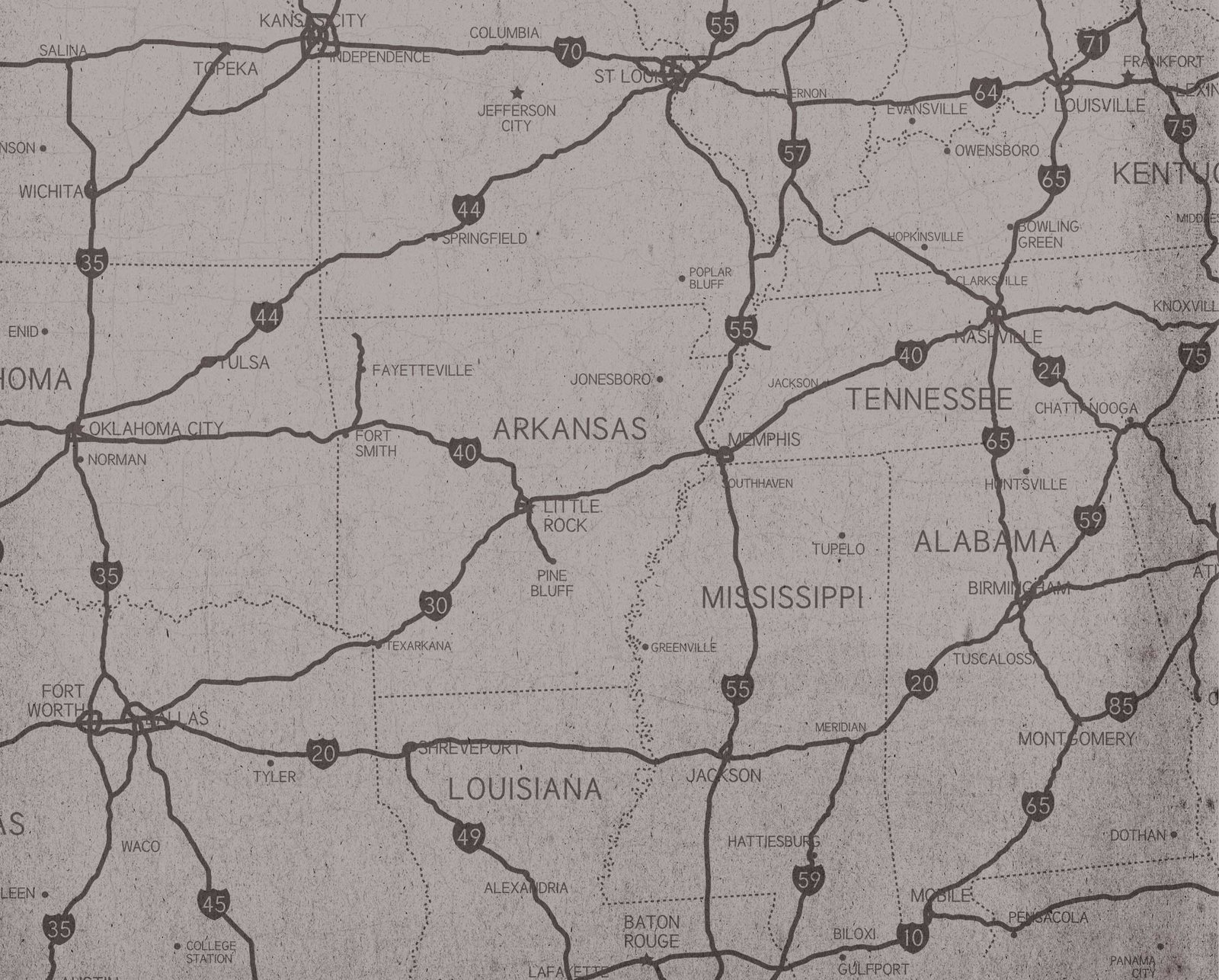It’s common knowledge that the longer a business waits to get paid, the less likely they are to get the payment in full, with each day late translating into less money recovered. While successfully managing accounts receivable is about more than getting paid on time — it’s the art of handling customer credit, optimizing cash flow, and minimizing loss in order to maintain and grow a healthy business — it also means successfully handling late payments.
Late payments can and will happen. In fact, according to some statistics, more than one third of all sent invoices are paid after they are past due. For this reason, some companies hire an outside firm, like Interstate Billing Service, to handle invoicing and late payments. For companies that choose to handle A/R in-house, having a late payment plan in place is imperative, as delinquent accounts can be a drag on business.
While clients will always have their excuses for late payments, a payment reminder workflow can help expedite action. Here are some best practices to consider when devising timelines for late payments and collections.
How to Set Up a Payment Reminder Timeline
Setting up an automatic workflow of payment reminders helps to expedite late payments. The communication touchpoints may depend on the industry or business (phone calls, emails, or letters), but in any case a formalized timeline takes the guesswork out of the process in order to recover full payment as quickly as possible.
Businesses should send a late payment notice as soon as the invoice is late. Sending follow-up notices at regular intervals (such as at 3, 7, and 14 days, etc.) should also be part of the payment reminder plan. Most accounting software can be set up to do this automatically, and may be customized to the client.
The final notice in the payment reminder timeline should be a formal letter indicating the account is delinquent, while offering one last chance to make a payment before going to a collections agency.
Send Invoices Promptly
Don’t be tempted to sit on invoices after the product or service is complete. The quicker the invoice is sent, the quicker payment can happen. Some clients need many reminders. While today many invoices are due upon receipt, many businesses agree that the best time to give notice of an invoice is before the invoice is due.
Consider adding pre-emptive reminders to the payment timeline as well. Providing clients with a reminder a few days to one week (net 7), or even one month in advance (net 30), before the invoice is due, may increase odds of timely payments.
Prepare & Formalize Communications
Whether it’s the payment reminder policy to call, email, send a letter, or a combination of all three, it’s a common best practice to write out all points of communication beforehand in the form of standardized letters and call scripts. The specifics can be filled in per client and situation.
Not only will this preparation save time, standardizing communications ensures all customers are treated equally. It also provides time to thoughtfully articulate communications, instead of firing off an email in the heat of the moment.
Early correspondences should be polite, friendly in tone, and gently nudge clients toward making a payment, while giving them the benefit of the doubt for the missed payment.
Example:
Thank you for your business! We have not received your payment yet, and would like to remind you that payment is past due. Please make your payment as soon as possible by the following methods. (If you have already sent payment, please disregard this message, and thank you!)
Later reminders should be more serious in tone to indicate urgency and immediate action required. They should be explicit about the consequences of non-payment without resorting to threatening language or shouting in ALL CAPS.
Example:
We have contacted you numerous times about Invoice X. Since we have not received payment, we will have to send your account to a collections agency for further action. You can avoid this by paying the full amount immediately.
In every payment reminder correspondence, be sure to include pertinent details of the transaction, including:
- Invoice number and amount due, plus copy of invoice
- Number of days overdue
- Clear instructions on how to pay invoice
- Multiple ways to make payments, if possible
- Consequences of non-payment (penalties, fees and collections)
Final Notices
If a client ignores the final notice, it’s time to consider the account delinquent, write off the account as a loss, and send the account to a collections agency. It may also be a good idea to dismiss repeat offenders, instead of wasting time each month chasing down their payment.
On the other hand, if and when a client makes a payment, be sure to send a thank you receipt. This formality shows the payment was received and closes the payment reminder communications loop.
How much time does your company invest into tracking late payments and collections? What is the most effective means of communication for receiving timely payment?
